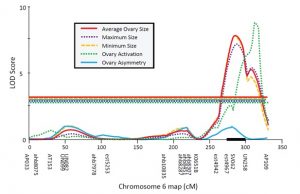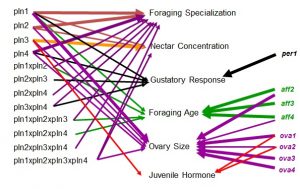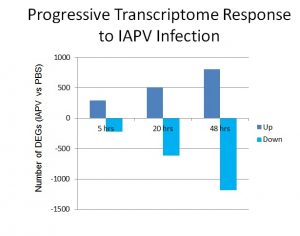Most important traits are complex and we study the genetic architecture of several such traits to explore the connection between genotype and phenotype. We have performed quantitative trait locus mapping of behavioral traits (the rate of behavioral ontogeny and sucrose responsiveness), and ovary size in worker honey bees, which plays an important role in phenotypic differentiation among workers. More recently, we have also performed transcriptome studies to get a system level understanding of different behavioral states and we are also turning our attention to traits that are relevant to honey bee health, such as stress responses, virus resistance, and disease progression.



Examples:
Ihle K.E., Rueppell O., Huang Z.Y., Wang Y., Fondrk M.K., Page R.E., Amdam G.V. (2015) Genetic architecture of a hormonal response to gene knockdown in honey bees. Journal of Heredity,106: 155-165.
Page R.E., Fondrk M.K., Rueppell O. (2012) Complex pleiotropy characterizes the pollen hoarding syndrome in honey bees (Apis mellifera L.). Behavioral Ecology and Sociobiology, 66: 1459-1466.
Rueppell O., Metheny J.D., Linksvayer T.A., Fondrk M.K., Page R.E., Amdam G.V. (2011) Genetic architecture of ovary size and asymmetry in European honeybee workers. Heredity, 106: 894-903.
Linksvayer T.A., Rueppell O., Siegel A., Kaftanoglu O., Page R.E., Amdam G.V.A. (2009) The genetic basis of transgressive ovary size in honey bee workers. Genetics, 183: 693-707.
Rueppell O. (2009) Characterization of quantitative trait loci for the age of first foraging in honey bee workers. Behavior Genetics, 39: 541-553.
Rueppell O., Chandra S., Pankiw T., Fondrk M.K., Beye M., Hunt G., Page R.E. (2006) The genetic architecture of sucrose responsiveness in the honey bee (Apis mellifera L.). Genetics, 172: 243-251.
Rueppell O., Pankiw T., Nielsen D.I., Fondrk M.K., Beye M., Page R.E. (2004) The genetic architecture of the behavioral ontogeny of foraging in honey bee workers. Genetics, 167: 1767-1779.